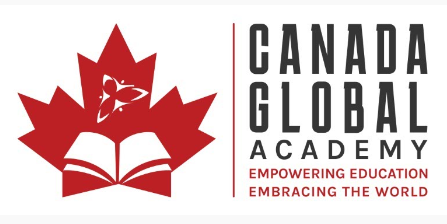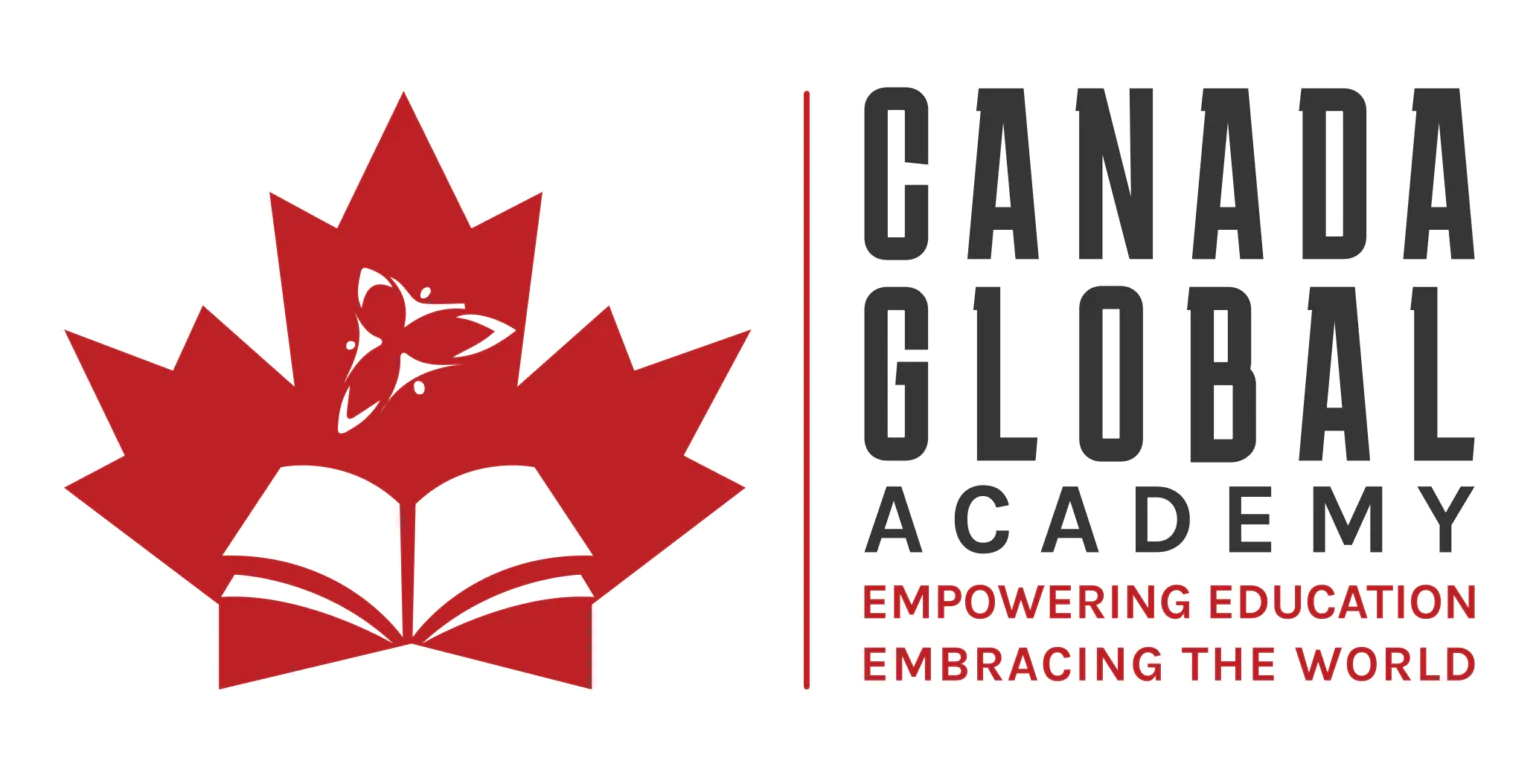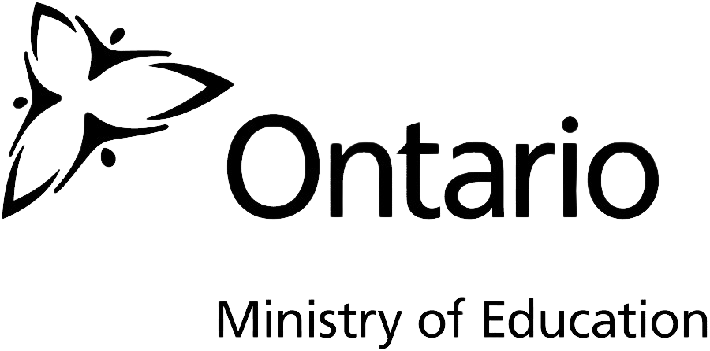
Martin Doherty is the CEO of Ethos Education & Canadian Global Academy : the exclusive authorized provider of the renowned 3rd globally ranked Ontario Ministry of Education‘s curriculum and Digital Learning Platform outside of Canada. He is also the founder the cutting edge magazine, Education Distruptor.
Through our School Partnership Program, we empower schools worldwide to attain Canadian Accreditation, providing the opportunity to establish themselves as Canadian Accredited schools. Additionally, home-based businesses can run their own Canadian Accredited Micro-School. Contact us today to learn more!
Related Posts
- Promoting Mental Health in Ontario Schools: Supporting Students' Well-being
Ensuring the mental well-being of students is a top priority for Ontario schools. With the…
- Attracting International Students: Understanding Recruitment Strategies & Trends
Discover the driving forces reshaping the International Education Landscape and excel in international student recruitment…




